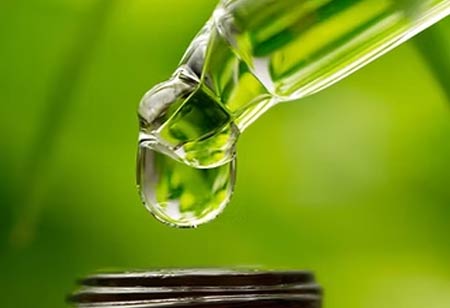Fremont, CA: Green chemistry plays a vital role in promoting sustainable development by addressing environmental concerns, enhancing resource efficiency, and reducing risks to human health. Its broader implementation faces several significant challenges that impede its adoption. The obstacles span technological, economic, regulatory, and social dimensions, creating notable barriers to achieving sustainability goals. The primary hurdles in advancing green chemistry is the high cost associated with research and development (R&D).
Developing new green chemical processes and products requires significant innovation, experimentation, and testing investment. These processes often involve creating novel materials or compounds, redesigning existing production methods, and ensuring the safety and efficacy of new chemicals. The need for specialized equipment and testing facilities further exacerbates R&D costs. Even when green alternatives are developed, the cost of scaling up production can be prohibitive, limiting the adoption of green chemistry practices.
The successful integration of green chemistry into industrial processes often requires significant changes to existing infrastructure. Conventional chemical processes and manufacturing facilities are only sometimes designed to accommodate green chemistry principles, which may involve using different raw materials, alternative solvents, or renewable feedstocks. Retrofitting plants to comply with green chemistry requirements can be expensive and time-consuming. Companies must invest in new equipment, update safety protocols, and retrain personnel to handle the latest materials and processes.
For industries with already thin profit margins, such as manufacturing or pharmaceuticals, the financial burden of upgrading infrastructure can be a significant deterrent to adopting green chemistry solutions. Another challenge to green chemistry is the limited availability of sustainable raw materials. While traditional chemical processes often rely on petroleum-based feedstocks, green chemistry promotes using renewable resources such as biomass, plant-based materials, or waste products. Sourcing these alternative raw materials at a competitive cost and scale can take time and effort.
Renewable raw materials are yet to be available in sufficient quantities to replace conventional inputs or may not be suitable for all types of chemical production. The extraction and processing of renewable materials require significant energy and resources, potentially offsetting some of the environmental benefits of green chemistry. One of the most critical barriers to adopting green chemistry is the economic competitiveness of green products compared to traditional chemicals. Companies may only be able to adopt green chemistry processes if they can compete with cheaper, conventional alternatives.
Market demand for green products needs to be more consistent. While consumer interest in sustainable products grows, many customers prefer to pay a premium for green chemicals or products made using sustainable processes. Regulatory frameworks that govern chemical safety, emissions, and waste management must often be updated or designed with green chemistry in mind. Specific regulations may favor established chemical processes, making it difficult for new, greener alternatives to gain approval. While some governments have implemented policies to promote green chemistry, others must catch up, resulting in a fragmented regulatory environment.

